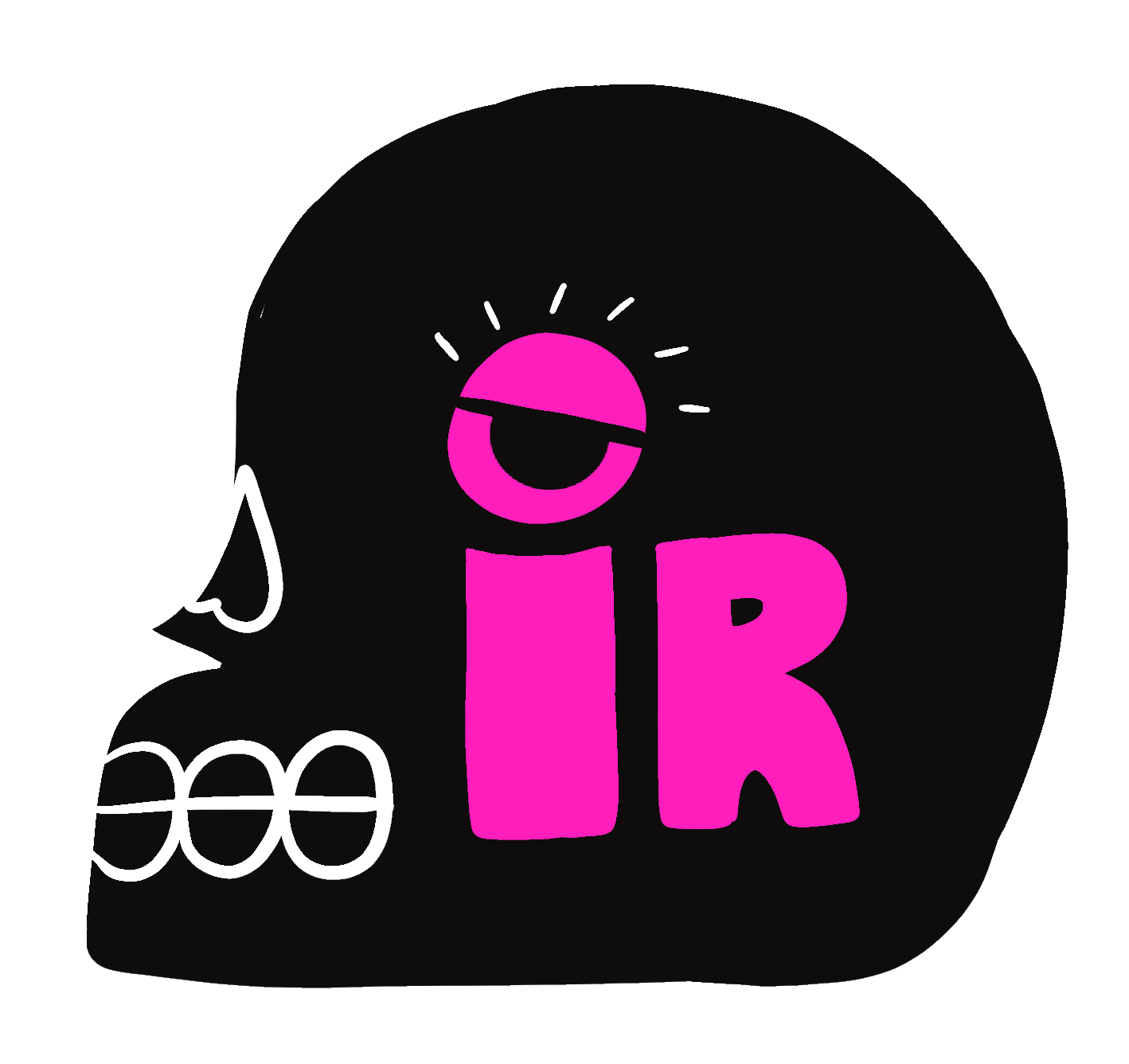In 1983, a baby orca now known as Tilikum was captured off the coast of Iceland and sold to an aquarium for entertainment. In the wild, orcas swim anywhere between 40 to 140 miles per day but he was held captive in a 31’ x 23’ x 12’ tank when he wasn’t performing, along with two older female orcas. Their training consisted of punishments like collective food deprivation if even one of them made a mistake. As a result, the other orcas lashed out and abused Tilikum for years, leaving bloody teeth marks across his body each morning.
–
Decades ago, a group of displaced and traumatized people made their way to a promised land. Centuries ago, another group of explorers seeking glory and adventure arrived at the shore of a land mass they didn’t know existed. Both groups—hundreds of years apart—were welcomed warmly, peacefully, by its natives despite their varied cultures, languages, and skin color.
Before long, through secret treaties and written declarations unbeknownst to the natives, both groups of newcomers demanded the land for themselves. Celebrations and gatherings turned violent as the visitors demolished native villages, slaughtered their food sources, and forced them from their homes, while claiming them as their own. “God has willed it!” they declared. By their Manifest Destiny, the natives’ destiny became manifest.
The natives retaliated, fighting for their home, their land, their trees, their freedom. The colonizers, outraged at their fury, called them “barbaric,” “savage,” “inhuman,” “animals,” “violent”—and then massacred the majority of them, succeeding in removing the rest from their own land. One side demanded freedom while the other side demanded for their deaths, while simultaneously claiming victimhood. This is how you systematically dehumanize an entire people.
Today, the descendants of those natives live on small strips of land the once—guests designated to them, their resources cut off, and imprisoned within a place where, for generations, they had lived freely. Sanitized, uniform buildings erected by the new empire sit staunchly on top of what was once farmland, homes, and even graves. Within the small strips of land, food deserts exist in abundance. Children are malnourished. The people are regulated, deprecated, and decimated through disease. But this imprisonment has never been deemed as violence.
Violence’s shape goes beyond bullets and bloodshed. Violence is a cage. Violence is not being allowed to leave a place you’ve been forced to call home. Violence is being cornered so tightly you can not breathe.
Experts say that those exposed to violence from a young age suffer from post-traumatic stress and even psychosis—this applies to humans, orcas, or other creatures. However, there is no diagnosis in the DSM for experiencing violence on a regular basis which follows into adulthood and old age. People living in these “reservations,” “territories,” have something so beyond Post Traumatic Stress Disorder, there isn’t even a name for it in our language.
–
Around the age of 8, I watched all the Free Willy movies for the first time on the small, boxy TV in our living room. I was drawn to the story of the young boy who rebelled against the animal entertainment industry and successfully released the orca, Willy, from a theme park’s small tank. I was fascinated by Willy, and by creatures like him, how it was possible for something so enormous to be forced into confinement and still remain so gentle and so intelligent.
I was a budding young artist and author by this time, and I put together my own version of an encyclopedia—on notebook paper and drawn with a no. 2 pencil—about whales, including its own glossary, index, and elaborate illustrations. In the scraps of paper I deemed a book, there is what I will generously call a surrealist drawing of a little boy with his arms wrapped all the way around an orca in an embrace, something quite impossible given an orca’s size. But it perhaps encompassed a naive idealism I held at that age that if we reached out our arms and stretched our humanity far enough, we could save and shelter everyone that came under our care.
I chuckle every time I flip the delicate pages, almost 20 years old by now. The first page of chapter 5 has “Save the Whales” in big block letters. Throughout the book, the writing occasionally and abruptly switches to cursive font while my childhood self staunchly addresses orcas harming humans as an anomaly: “This does NOT mean whales are bad.”
–
In 1991, Tilikum drowned one of his trainers, and public attention forced the aquarium’s closure. He was transferred to another tank, and housed with more hostile orcas, he continued to suffer.
It’s not really known what turns a nonviolent creature into a murderer except the violence done to them. There is no data of orcas viciously killing in the wild. But put them in a cage, let them wake up bloody each morning, and you have given them a new name. Violence does indeed beget violence, but we are so good at erasing history, aren’t we? We are so good at pretending the truth isn’t staring at us behind glass or bars, so good at naming something violence when it is actually a direct response to pain.
And what’s in a name? The name Tilikum in Chinook jargon means “friend,” “common people,” “relationship,” “tribe,” yet the term “killer whale” persists. Orca becomes “killer whale.” People shoved into cages or bombed to smithereens become “terrorists,” “violent,” “barbaric” when they finally fight back. Colonizer becomes “victim,” “oppressor” becomes “oppressed.”
–
In the story of Adam’s creation, the angels, recognizing humanity’s capability for great destruction, questioned God for the first time in their existence. Do the angels know us better than we know ourselves?
The hunger for power drives humans to put others in cages again and again, and we are appalled when the captives bite back. “Aggressor,” “oppressor,” “terrorist, monster”—we who pride ourselves on our values of freedom, put a stamp of disapproval on others for demanding their own.
When Black Lives Matter protests erupted in the summer of 2020, some smashed windows led to several treading backwards. Condemn the violence! Stop the violence! the other side shouted. And we succumbed, flailed.
After 9/11, every time a suicide bomber blows himself up, Muslims collectively get on social media and feel the need to apologize, to condemn the act, to remind white Americans over and over that we do not support the violence. But why are those who cultivated these seeds of violence given a pass?
–
On October 7th, 2023, several natives of occupied Palestine broke through the walls of cages that imprisoned them and their people for no crime except their ethnicities. In retaliation, white phosphorus clouds rained down thousands of bombs, brutally murdering Palestinian civilians and burying countless more under rubble.
On October 11th, 2023, four days later, our president claimed to have seen 40 beheaded Israeli babies with his own eyes. His own staff retracted his statement as false, with no apology issued. But thousands of children in Gaza had already paid the price. Lies are the best fuel for violence and our government fanned its flames.
Similarly, a million Iraqis were killed in the early 2000s because someone lied about “weapons of mass destruction.” There is yet to be an apology for that “mistake.”
–
In 2010, Tilikum killed another one of his trainers. The aquarium hid his history from the public until investigative reporters uncovered the trail of deaths. The slow outrage began, but Tilikum was nearly 30 years old by then and dying.
Tilikum killed three people because those who held him captive followed the money instead of acknowledging that he was going insane from the abuse and confinement. He sired twenty-one offspring in captivity, and was known as the aquarium’s “chief sperm bank.” It’s quite marvelous what we produce when we control each other. Occupation is good for control. Control is good for pocketbooks. Fat pocketbooks are good for power, and the cycle continues.
On October 14th, 2023, three days after the president’s false statement, defense stocks were at an all-time high. 8 billion dollars were casually dropped into Israel’s bloody hands earlier in the week while millions of Americans continued to beg for a reprieve from student loan debt, from the widespread housing crisis. Violence and war are good for the economy, they say, although the majority never see that payoff. But “Stop the violence!” is only bellowed when violence stops being beneficial for those inciting it in the first place.
–
Humans back each other and other creatures into corners and demand submission until the captives fight back. Headlines then read, “Unprecedented violence breaks out!” or “Historians explore possible causes for backlash.”
There is something particularly insidious and arrogant about our tax dollars working diligently to erase entire cities from maps, and then our leaders attempting to erase history, renaming entire narratives to suit them better. There is something even more insidious in our belief that we can control things bigger than us. Orcas. Entire nations.
Hope.




